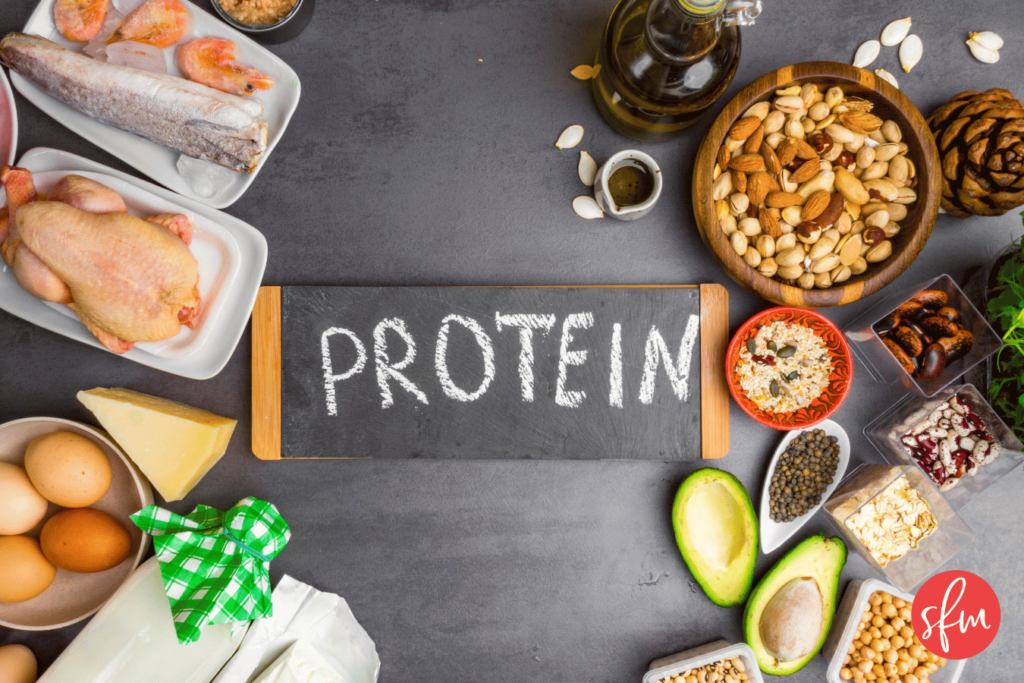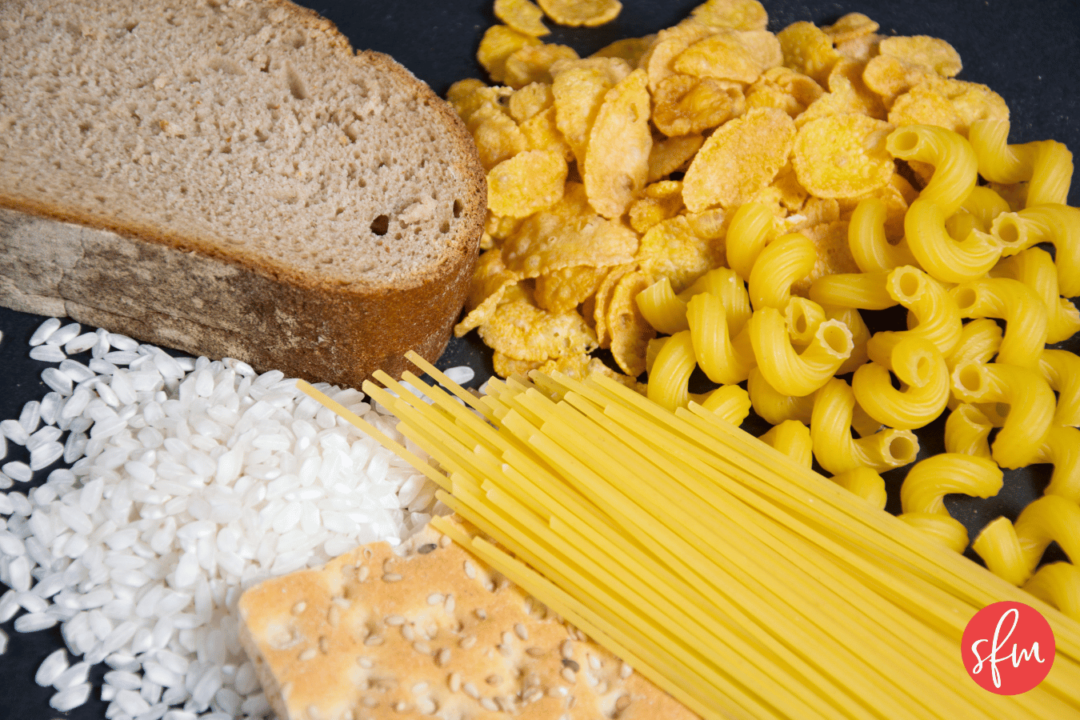Looking to set your macros for fat loss? We can help! We started this series with setting calories then moved on to protein and fats. Now let’s move on to the final step carbohydrates!
Before you start getting worried, carbs are essential for healthy living. Carbohydrates provide your body with glucose which is converted to energy that’s needed to support your bodily functions and physical activity. In addition to that, carbs help you sleep better, provide fiber to your body, help improve your digestive system, uplifts your moods, etc.
When people think of carbs, they might think chocolate cake or pizza or donuts, but all of those things are high in both carbs AND fats. With macro counting your macro budget isn’t going to allow for limitless cake, pizza and donuts. You’re eating a healthy balance of fiber rich carbohydrates that will HELP your fat loss goals! Things like fiber rich whole grains (pastas, breads), vegetables, fruits, rice, oats, beans, etc. Read Not All Carbs Are Created Equal for more information.
At this point we’ve shown you how to calculate total calories, protein intake in grams, as well as fat intake in grams. All that’s left is the remaining calories.
We take our overall calories and subtract our calories from protein and our calories from fat, which leaves us with our carbohydrate calories.
For example:
150 pounds times a body weight multiplier of 12 which equaled 1800 total calories.
Using the example of Protein set at 150g brings our calories from protein to 600.
Fat calories in this example were set at 30% of 1800 calories which equals 540 calories.
1800 total calories, minus 600 from protein, minus 540 calories from fats, will leave you with 660 remaining calories.
Remember that 1 gram of protein = 4 calories, 1 gram of carbs = 4 calories and 1 gram of fat = 9 calories, which means you take your remaining calories and divide by 4 which in this example gives us 165g of carbohydrates.
The best macros you can set for yourself are the ones that you can stick to for an extended period of time. If you’d like more help with setting and then adjusting macros that will be unique to your personal situation, we’d love to have you for our upcoming 1:1 coaching session where we set and make macro adjustments based on your daily data and results.
If you haven’t already, check out our other posts in the series.










No Comments